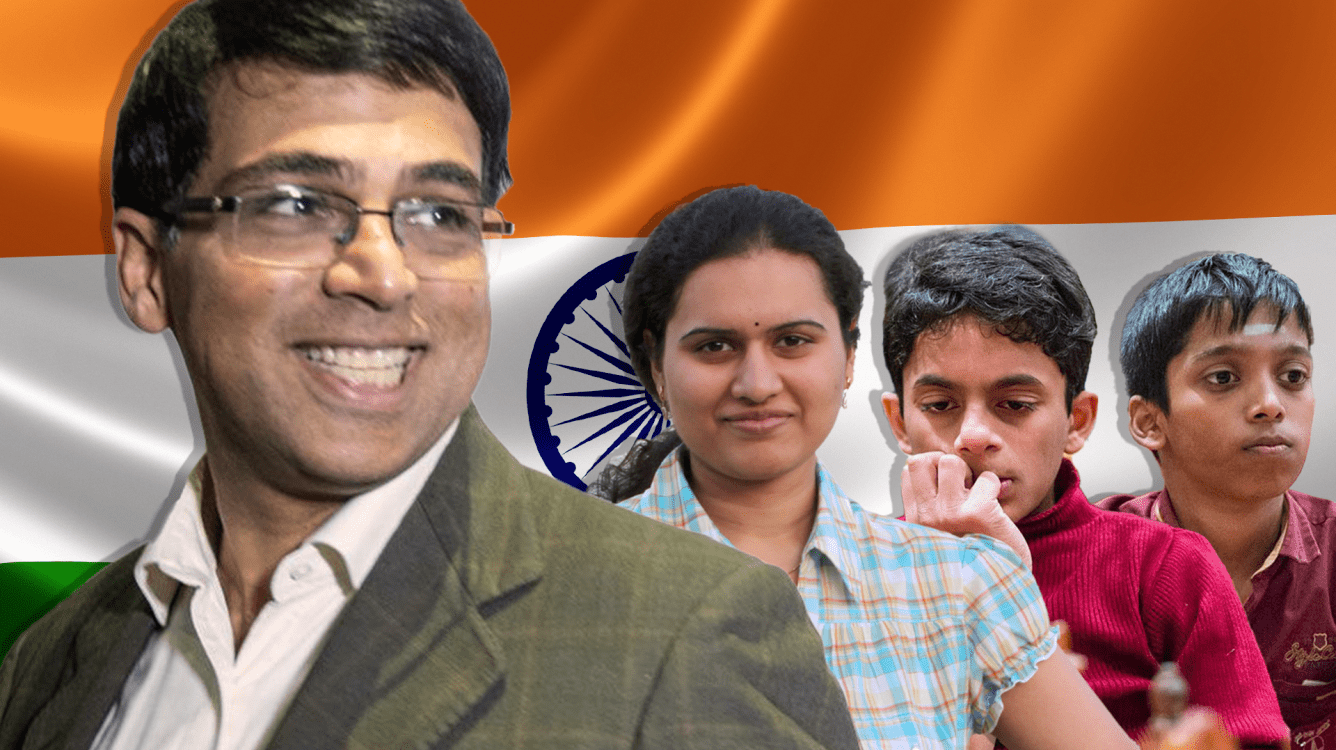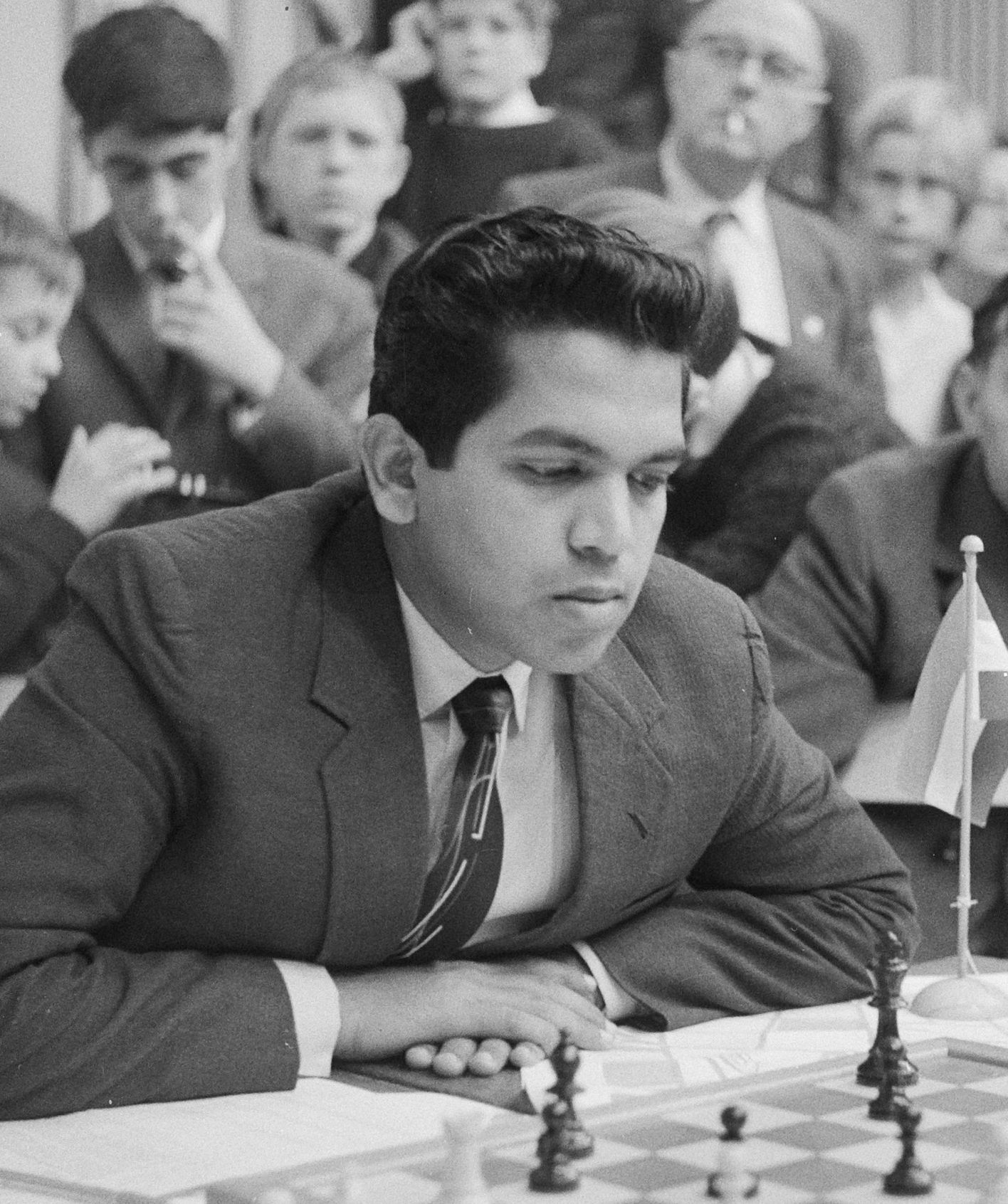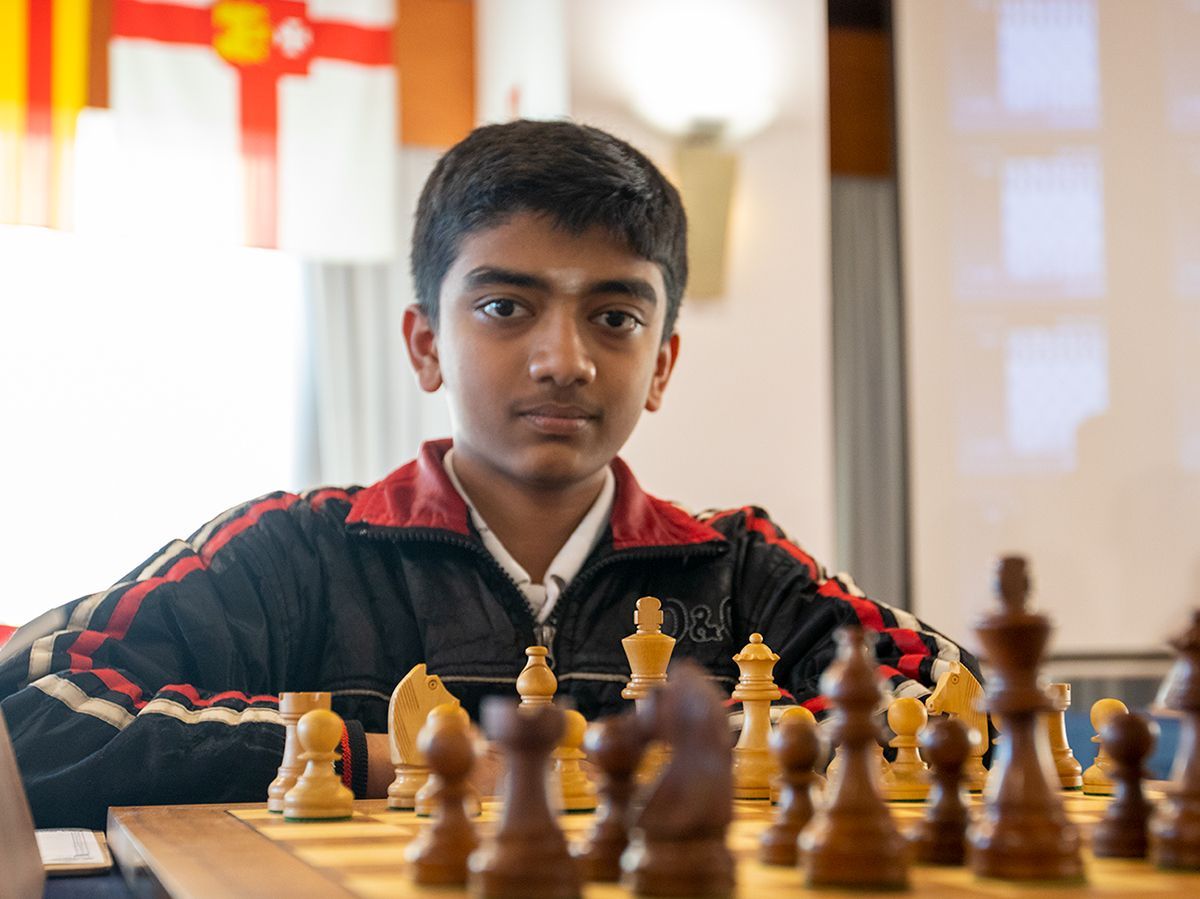
What India Taught The World About Chess
From the very origin of our beautiful game to the current global online chess phenomenon, India has contributed significantly to the world of chess. Historical records show that the 8x8 chessboard dates from the days of Mahabharata and Ramayana. Board games are also described in early Buddhist literature as well as Chinese works.
Considering the rich Indian chess history and the timeline of chess, it helps to know the immense contributions made by Indians:
- Origins
- Indian Chess Openings
- Chess Movies And Documentaries
- Sultan Khan And His Openings
- First International Master From India
- First Grandmaster From India, Viswanathan Anand
- Women's Chess
- Young Guns
Origins
The rules of chaturanga were a lot different from modern chess. The word "chaturanga" means "four-limbed," referring to ancient army divisions of infantry, cavalry, elephantry, and chariotry. In Shiva Purana as well, there is a mention of Lord Shiva playing a game of dice on an 8x8 board.
When I was growing up, I was told two stories, and it is hard to test the veracity of them, but they are nevertheless legendary.
- Lord Ravana creates the game of chess to amuse his wife Mandodari. She learns the game and then beats Ravana at it. In contrast, other articles state that it was Mandodari who came up with the game to stop Ravana from fighting wars.
-
Mandodari found it hard to see the state of Ravana in anger, so she prayed to Lord Ganesha for a solution. Ganesha accedes to teach the game to Ravana and asks him to treat it as a virtual mode of battle rather than fighting real wars.

You might know about the King's Indian Defense, Nimzo Indian Defense, and Queen's Indian Defense as openings, but have you ever wondered why these names have "Indian" attached to them? Under the Indian rules of chess in the early 19th century, only the central pawns had the privilege to move two squares initially and en passant was not allowed.
Enter John Cochrane (a Scottish lawyer) who had not only authored chess books but had also played against the existing chess giants of his period—Staunton, La Bourdonnais, and Deschapelles. In the chess world, the opening arising after 1.e4 e5 2.Nf3 Nf6 3.Nxe5 d6 4.Nxf7 is named after him. For those interested in endgames, you can also check out the Cochrane draw.
Cochrane was stationed as a barrister in Calcutta and also became the president of the Calcutta Chess Club. Arnie Moll wrote a detailed article about Cochrane's acquaintance with the Indian player Mahesh Chandra Banerjee. It is important to note that Mahesh was still playing the game keeping the old rules in mind.
The games with Cochrane helped Mahesh shape his game and accustomed him to the new rules. His usual way of playing as White included developing the king's knight and fianchettoing the bishop, which is now known to us as the Reti Opening. With the black pieces, he tried the Grunfeld Defense, the King's Indian Defense, as well as the Nimzo Indian Defense.
After his stint in India, Cochrane introduced the term "Indian openings" for such a class of openings, and this was firmly established in chess literature. Another interesting point is how Calcutta (present-day Kolkata) played a great role in developing chess in India, tracing back to the 1850s. The Goodricke International GM event (1990 to 2002) in Calcutta was known as the GM-spinner and was the only norm event in India for many years.
GM Sandipan Chanda (the second of Vishy Anand), who hails from Kolkata, told me that the Indian monk Swami Vivekananda learned chess at a young age and was quite good at it. A historical source states that Narendranath Dutta (his pre-monastic name) was home-schooled in Raipur and spent time learning various subjects like cooking, chess, and philosophy during that period that shaped his personality to a great extent.

The only other monk I know of who played chess at a high level is Om Swami, who also wrote a chess fiction book titled The Last Gambit.

Chess Movies And Documentaries
Shatranj Ke Khiladi
Satyajit Ray adapted Premchand's story titled Shatranj ke Khiladi into a movie in 1977. The film, set against the background of British India, is a parallel story of two kings who are obsessed with chess while their kingdoms are in danger.
Algorithms
This documentary follows the journey of three visually impaired boys from different backgrounds in India who play chess. The crew follows them while they play competitive chess and the experience is realistically documented. The story explores the challenges they faced. The film features Indian National Champion Darpan Inani, who recently became a chartered accountant.

Mir Sultan Khan was born in 1905 in Mitha Tiwana (British India at that time, now Pakistan). He learned chess at the age of nine and was considered the strongest player of Punjab by 21. He became a national champion in 1928 and went on to win British championships in 1929, 1932, and 1933. He is the first chess player from Asia to compete at an elite level. After coming back to India in 1933, he rarely played chess and disappeared from the scene.
We could actually regard him as the first grandmaster from Asia for the chess understanding he possessed. He was often dubbed as the world's most natural player during his active years. Every mention of Sultan Khan must definitely include his win over Jose Raul Capablanca!
Mir Sultan Khan's Openings
GM Gregory Serper explains in his article that Sultan Khan liked to plant his knight on e5 and then further support it with f2-f4, which we now know as the Colle System or Stonewall Attack. He defeated the great GM Akiba Rubinstein with this approach.
He also employed the same idea with the black pieces, which we know as Queen's Gambit Declined, Lasker's Variation.
Recently, GM Daniel King wrote a book on the life of Mir Sultan Khan. It was published by New in Chess and also contains a foreword by Vishy Anand.

First International Master From India

Manuel Aaron (born December 30, 1935) is India's first international master, and he attained the title at the age of 26 in 1961. He recently co-authored a book along with Dr. Vijay Pandit on the history of Indian chess.
In addition to being a player, Aaron has contributed significantly to the growth of Indian chess by organizing many events and camps. His work as an administrator was a big boost to Indian chess. He worked as a secretary of the Tamil Nadu State Association and as a chairman of the All India Chess Federation for many years. Here is his amazing win over former world champion Max Euwe.
First Grandmaster From India, Viswanathan Anand

Anand became India's first GM in 1988 at the age of 19. Both he and Aaron are from Chennai (then Madras), which is considered the mecca of Indian chess. The success of Anand paved way for major chess progress in the country. The five-time world champion took the chess world by storm with his lightning calculation skills. With the advent of Anand, the entire country witnessed a chess boom, and it taught the world how one person could make a difference.
Numerous novelties have been uncorked by Anand, but the extraordinary work he did in the Semi-Slav (Meran variation) paid off in his match against GM Vladimir Kramnik in Bonn, 2008. One of Anand's best games is also a result of his amazing opening preparation, where he unleashed a powerful novelty in the Semi-Slav against GM Levon Aronian.
Women's Chess
In 1933, an Indian named Fatima Ghulam won the British Women's Championship. She was employed in the home of Sir Umar Hayat Khan who had also got Sultan Khan to London.
In 1974, the federation started the Women's National Championship, and it was at this time that Indian chess witnessed the sensation of the Khadilkar sisters. For the next 10 years, the title would always go to one of the three sisters—Vasanti, Jayshree, or Rohini.
In 1978, Rohini Khadilkar had prepared to play in the open championship. Some officials of the federation raised objections in this regard, Later her father, Nilkanth Khadilkar, wrote to FIDE President Max Euwe and got a mandate that she could play in this event. This proved to be a major breakthrough for Indian chess.

In recent years, GM Humpy Koneru has been consistent with her performances at the elite level. She also won the World Women's Rapid Championship in 2019 and was part of the Indian team that won gold in the online Chess Olympiad.
GM Harika Dronavalli was also part of the Indian team that won the gold in the online Chess Olympiad. She has won three bronze medals (2012, 2015, and 2017) in the Women's World Championship.
Young Guns
We are seeing how the game of chess keeps getting younger and younger. Indian prodigies are keeping up with the competition. Young Indian chess whiz GM Dommaraju Gukesh became the second-youngest grandmaster in the world when he attained the title at the age of 12 years, seven months, seven days. (Karjakin had achieved it at exactly 12 years, seven months.)

Five Indian grandmasters have made it to the top-15 list of youngest grandmasters. This speaks volumes about the competition among the juniors in India.
Indian superstar Nihal Sarin has already started winning online games against GM Magnus Carlsen and in a few more years, we might see him play for the world championship title, too.
The young Indian prodigy, GM Rameshbabu Praggnanandhaa, is another player with his eyes set on the world championship title.
The emergence of such chess stars in India has tremendously surged the promotion of chess in the country and the entire world. Their personalities, work, and contributions have left a life-long impression for which we will be forever indebted.
With the creation of the game itself, the many pioneers of Indian chess, World Champion Anand, and the promising young generation of Indian grandmasters, it is clear that India has made massive contributions to the chess world.







